Group Project with a team of 4 other students.
Role: Unity Mechanics
Software Used (For my role):
Unity Game Engine, PlayMaker Plugin for Unity, Microsoft Teams
Cosmic Math is an educational game designed to teach math to children aged 7-8 years old. My part in this project was to implement the game mechanics in the Unity game engine. I was chosen to be the group member who created the mechanics in Unity because I am very comfortable with the engine. The group as a whole decided on the space theme during our initial group meeting and after seeing some concept art by the team's artist during the meeting. We decided to teach elementary school-level math because one of our group members was an elementary school teacher who could help us create lessons using the NL Eastern School District curriculum for the subject.
Gameplay Video
Screenshots
File Structure
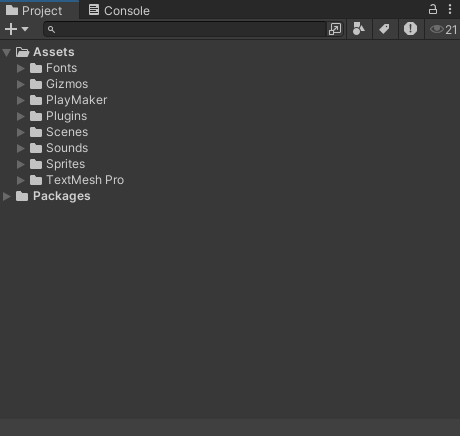
File Structure
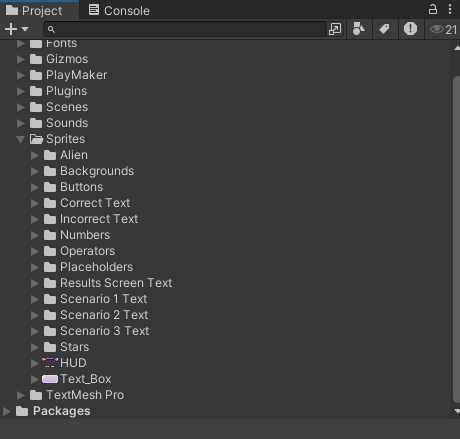
File Structure Continued
A brief description of the project file structure:
This is how each file is organized within Unity. Each element used to create the game is organized into a simple file structure. The only folder that contains subfolders is the "Sprites" folder, which contains a subfolder for each type of sprite (seen in the image on the right). However, the folders "Gizmos", "PlayMaker", and "TextMesh Pro" are created automatically by several packages imported to Unity during the development process. Specifically the TextMesh Pro and Playmaker packages.
Scene Structure and Hierarchy
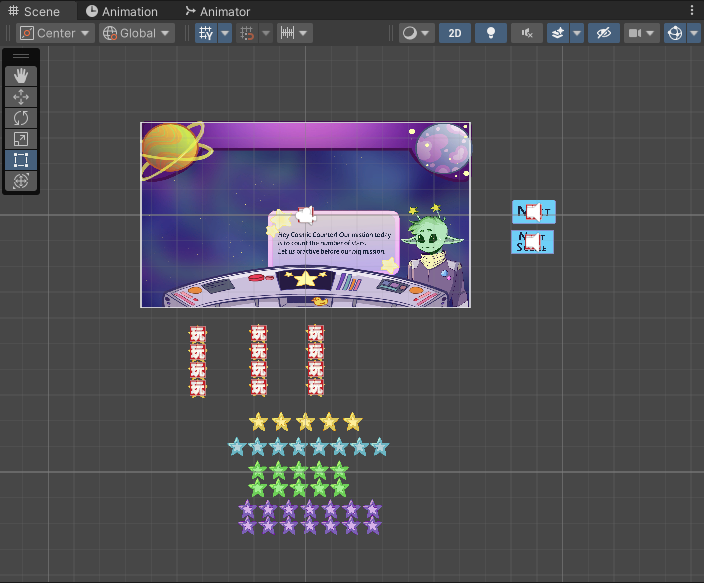
Scene Visual
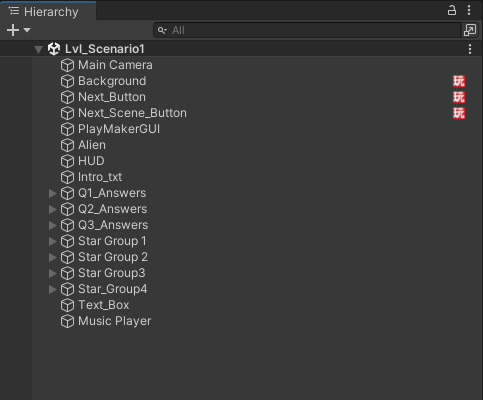
Scene Hierarchy
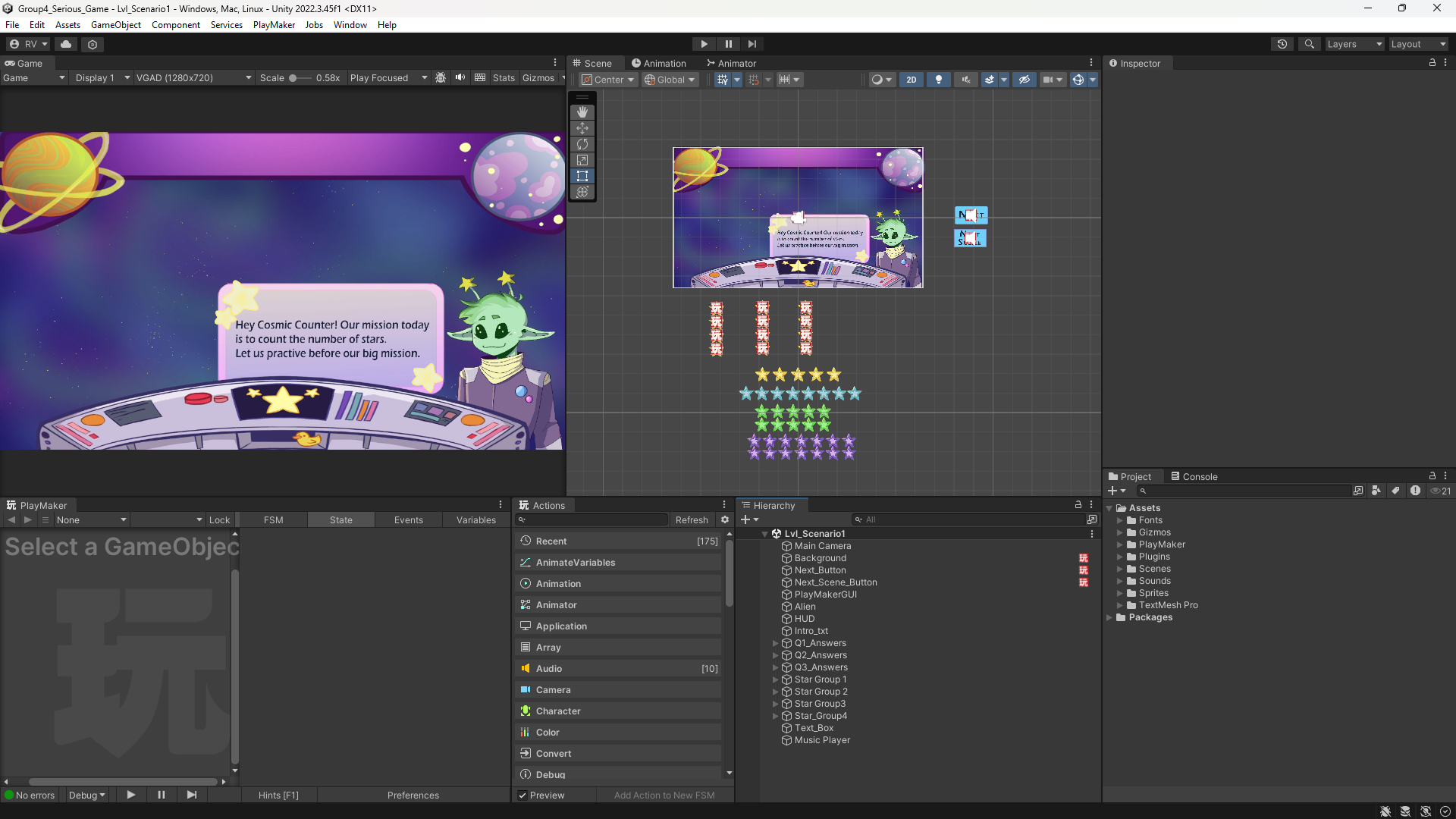
Unity Scene Structure
Description of the project hierarchy:
This is the view inside Unity. The elements in each level are organized in a specific manner in the level hierarchy. Each object is named specifically to easily tell objects apart from one another. More complex or larger objects, such as the answers the player has to choose from for each question, as well as the stars that appear for the player to count, are grouped into a parent object to keep the hierarchy looking organized while still knowing which objects are for the same questions. For example, "Q1_Answers" contains the set of answers for question 1, and "Star_Group_1" contains the visual for that same question.